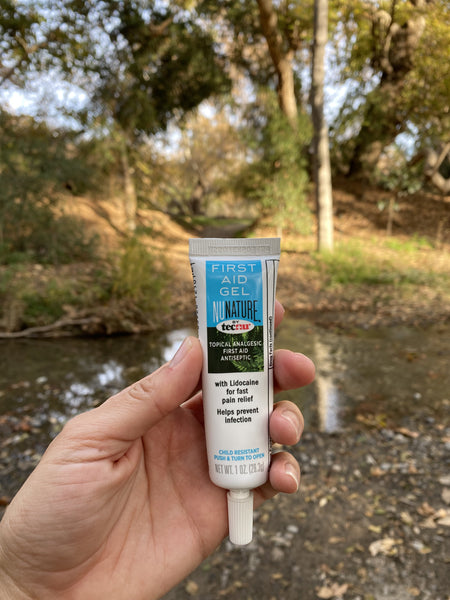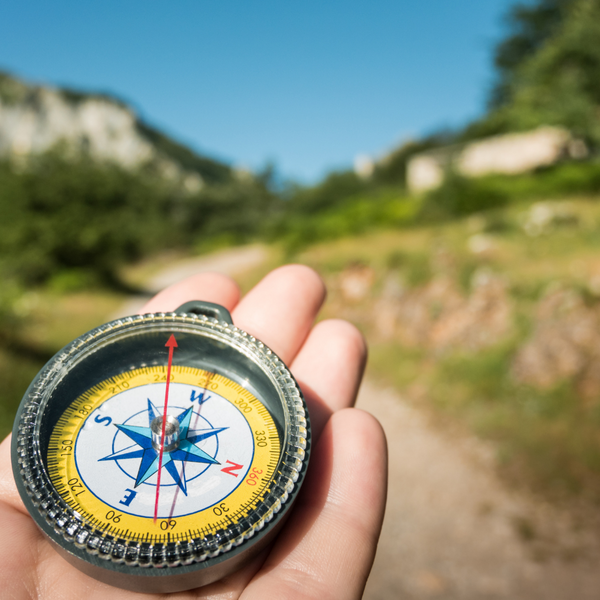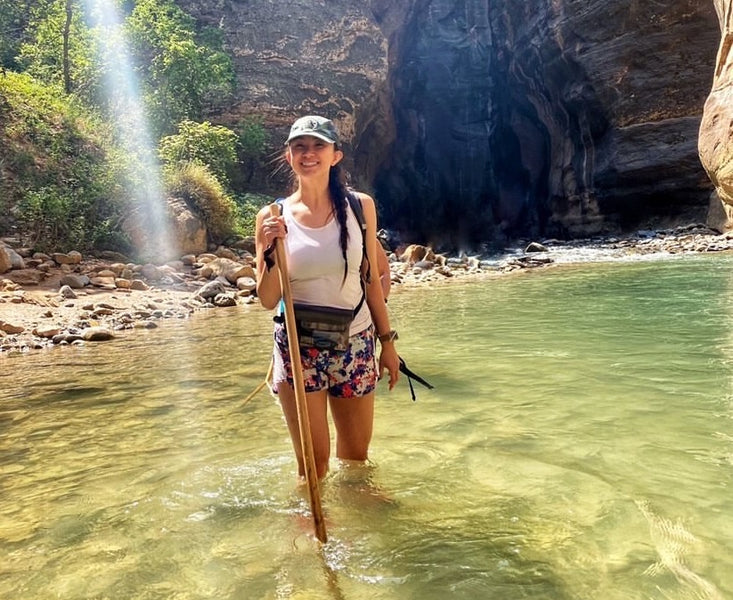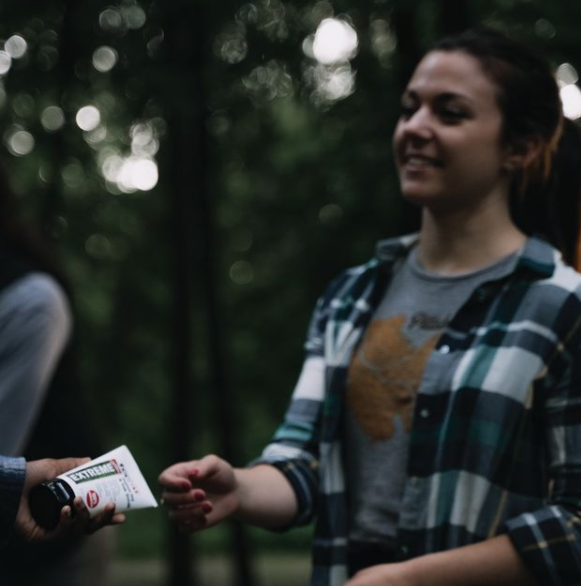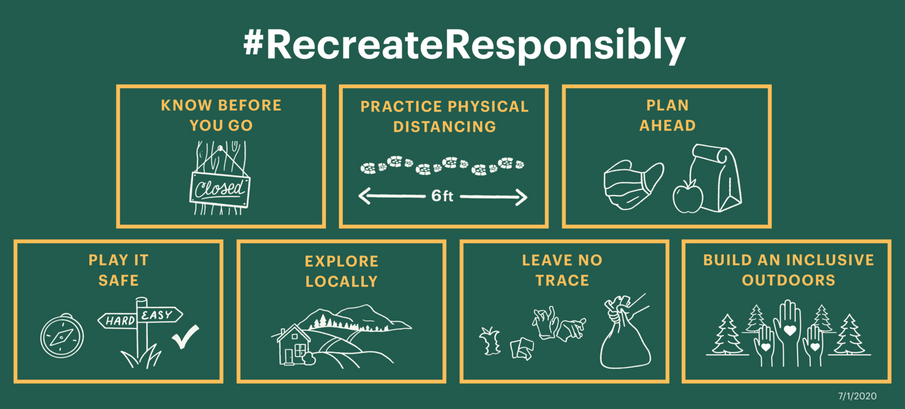BLOG
Animal Encounters While Hiking: A Majestic Experience or a Misadventure?
Are you always on the lookout for forest friends while hiking?
Whether you want to see wildlife or not, it’s important to remain aware of your surroundings so you don’t startle or get startled by a wild animal.
With recent reports of bison goring over-curious tourists and viral videos of mountain lions stalking hikers, we’d like to take a moment to educate you on what to do if you encounter wild animals while on the trail.
We share all of this not to scare you but to remind you that wild animals are just that: wild. They are unpredictable, and as hikers, we are visitors in their home.
Most times, wildlife sightings are a wonderful experience you’ll remember for the rest of your life. Witnessing wildlife from a distance can be incredibly moving. But when you get too close to wild animals, it can be unsafe for you, those around you, and for the animals in question.
Generally speaking, it’s always wise to maintain space between you and wild animals. Appreciate them from a safe distance the way nature intended.
But what about when it’s too late to create space between you and the animal?
In this informational blog, you will learn:
- What is considered a “safe distance” away from animals
- How to minimize your risk of an animal encounter
- What to do if you encounter a wild animal
- What to do in the event of an animal attack
Not only will this information keep you and others safe, but it will positively impact the well-being and longevity of wild species.
Your Ultimate Hiking First Aid Kit: How to Treat Minor Injuries & What to Carry on the Trail
Did you know a first aid kit is one of the 10 Essentials you should always carry on any outdoors adventure?
Today you’ll find out everything you need to know about one very important hiking essential: your outdoors first aid kit.
Get ready to find out:
- What to carry in your hiking first aid kit
- How to treat minor cuts, scrapes and blisters while on-trail
- A trail-tested and approved product to carry with you on your hiking adventures
Don’t Get Lost Hiking: How To Avoid A Search And Rescue Mission & Stay Safe On The Trail
Your Seasonal Poison Ivy Update: How To Prevent And Treat A Poison Ivy Outbreak
Did you know poison ivy is still active even when no leaves are present?
As we step into fall, please keep in mind that poisonous plants are still a threat to you, your kids — and even your pets!
Poison ivy contains a potent and resilient oil called urushiol, which is present not only on leaves but also on the vine of the plant.
When this oil comes into contact with your skin, it can result in a rash that welts and blisters.
We know first-hand how uncomfortable a poison ivy reaction can be, so we talked to our friends and poisonous plant experts at Tecnu to understand how to avoid contact with poison ivy and what to do if you happen to encounter it.
Stay safe while hiking this fall. Read on to find out what to look for and how to treat poison ivy now.
Hiking Safety: Hiking in the Heat
Your Hiking Guide To Poison Ivy, Oak, & Sumac: How To Identify, Avoid, And Treat
How to Hike Smart and Recreate Responsibly During the Days of Covid-19
Sawyer’s Clean Water Movement: How One Outdoor Retailer Is Giving Back In Big Ways
Can you imagine your life without clean water?
Just for a moment, try to visualize what that would be like: your drinking water is infested with feces, showers are scarce if at all, and you’re probably really, really sick.
Not just sick with a cold. Sick with a fever. Vomiting. Chills. Headaches. Diarrhea.
Can you imagine that life?
You probably can’t. Because it’s unimaginable. And because no one should ever have to live without access to clean water.
People shouldn’t have to risk their lives every time they take a drink. Children shouldn’t die from waterborne disease before their 5th birthday.
And the United Nations agrees. In 2010, the organization deemed clean drinking water and sanitation to be essential human rights for all.
But illnesses due to poor water quality are still happening every day. And they're not going away. Not unless we do something…


